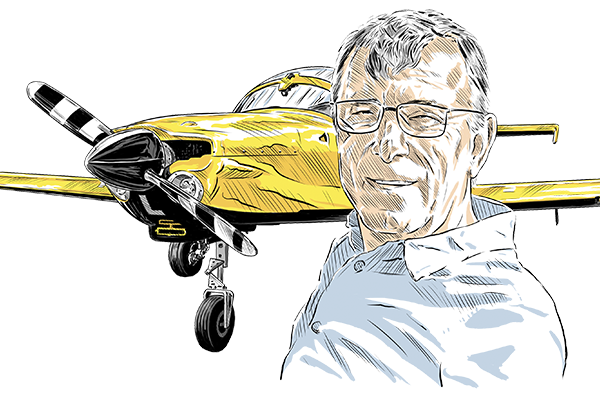Lake crash in South Africa
According to the eyewitness who was positioned on the left side of the Bass Lake, near Meyerton, South Africa, with friends who were fishing at the lake at around 1616Z, they saw a small aircraft approaching at low height heading in the direction of the lake.
The eyewitness added that the engine seemed to be operating normal based on the sound as the aircraft approached.
A moment later the aircraft descended and struck the water with the main landing gear. The aircraft then bounced and high engine revs were heard as the pilot appeared to have intended to climb again.
The aircraft was seen climbing momentarily and was again seen coming down in the nose-down attitude. The aircraft impacted the water with the engine still operational and submerged into the lake that is 25 metres deep after about 40 seconds.
Comment: The temptation to fly low over water can be great, and technically not illegal, but don’t try it. Assessment of height above smooth water in particular can be very difficult as any float-plane pilot will tell you.
Changing airfield conditions in South Africa
The Chief Flight Instructor (CFI) went outside his office as he could hear that the weather had suddenly changed. He noticed that it had changed drastically in the opposite direction of Runway 15 approach.
He then noticed the aircraft had joined the circuit and was on leg final for landing approach for Runway 15 at approximately 0915Z.
The CFI ran to his office to communicate via a handheld radio with the crew of ZS-FMO to advise them about the sudden weather change, which indicates strong winds of 25kt in the opposite direction.
The aircraft had already committed to landing, meaning the CFI was too late. He observed that the aircraft landing approach was unstable and landed too deep on Runway 15 at a fast touchdown speed.
The aircraft overshot the runway and went on to a horse farm with an uneven surface. The aircraft collided with a perimeter fence and flipped over. The crew disembarked without assistance and walked away from the aircraft as they noticed smoke from the aircraft.
Suddenly a post-impact fire erupted and consumed the aircraft wreckage. The airfield fire emergency services were dispatched to the accident aircraft in an attempt to extinguish the burning wreckage.
Comment: Rapid change of surface wind direction is quite possible in the UK, especially with weather features such as thunderstorms in the vicinity. Always keep an awareness of the windsock as you approach an airfield for landing.
Don’t leave the aircraft
During a return flight, while flying overhead in the Bronkhorspruit area, the Pilot in Command (PIC) heard an abnormal sound coming from the engine compartment. The crew checked and began to monitor the engine parameters and saw that they were normal and continued with the flight.
Within five minutes, the PIC felt a severe vibration from the aircraft nose, which was followed by a loud bang and the engine died while the propeller was still windmilling.
He then began to look for a suitable field to conduct a forced landing. He then spotted an open field ahead of their route and landed the aircraft.
During landing roll the aircraft’s left main landing gear collided with an ant hill and was severed. The aircraft came to a full stop ahead and the crew disembarked, unassisted, with no injuries sustained during the accident sequence.
The aircraft sustained damage to the left main landing gear, the left-wing control surfaces (aileron and flaps) and the wing bottom surface.
The crew were later informed by one of the farm owners that the place is a nature reserve (Ezemvelo Nature Reserve), which had wild animals (leopards).
Comment: We might face certain hazards in the UK, following a forced landing, such as cold or wet weather conditions. I think we are fortunate in not having to worry about leopards!
Engine fire, on start…
On 11 October 2022 at 0950 local time, a student pilot prepared a Piper PA-28-161 for a solo navigation exercise at Moorabbin, Victoria, Australia. Prior to the flight, the instructor had inspected the aircraft and signed the maintenance release.
The student then conducted their own inspection of the aircraft noting there were no defects, which was consistent with the instructor’s assessment.
The student actioned the pre-start checklist but reported difficulty starting the engine after using the electric prime for approximately five seconds on the first attempt, and another three seconds on the second attempt. On the third attempt, a loud ‘pop’ was heard from the engine, and the student elected to exit the aircraft and ask for help.
At this time, smoke was observed emanating from the engine cowling and, upon opening, a fire was found around the carburettor. A fire extinguisher was obtained and the student returned to the aircraft and extinguished the flames.
The aircraft sustained minor damage to the engine and surrounding airframe.
Comment: We perhaps always imagine an engine fire on start as being a massive burst of smoke and flame, prompting an immediate evacuation. In this incident the fire was not noticed until the engine cowling was opened to reveal a fire around the carburettor.





